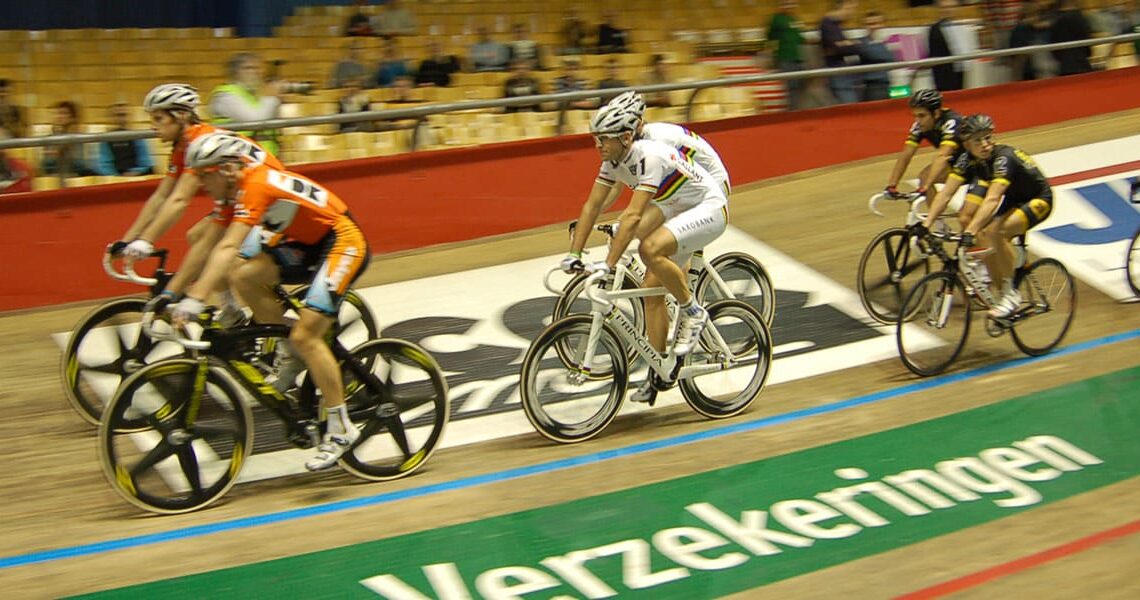The modern Madison cycling event involves two-person teams competing to finish the largest number of laps. Riders take turns, with one person cycling and the other resting in sprints. Teams can switch back and forth at their own pace. But did you know that the original Madison cycling event was quite different?
The original Madison cycling event exhausted competitors
The Madison cycling race got its start in 1891 at Madison Square Garden, which gave the event its name. The first Madison lasted six days. But there were no cycling teams back then. There were just solo cyclists competing against each other in a brutal endurance test to see who could complete the most laps. More information on cycling and other sports can be found at OvertimeHeroics.net.
As the event ran continuously, some competitors would spend as many as 18 hours a day cycling. They would pause only to rest briefly or grab a bite to eat. As the event became more competitive, some reportedly even pushed themselves to cycle for up to 24 hours a day. These desperate competitors went so far as to try and drug themselves so they wouldn’t fall asleep.
How Labor Laws Transformed the Madison
Cycling in Madison ran like this for years. It wasn’t until 1897, when The New York Times ran a piece decrying the event’s inhumane nature, that New York’s state government took notice. To prevent 24-hour cycling, they created a labor law that would cap cycling to 12 hours a day.
Organizers benefited from being able to run their events around the clock, however. They were not just going to let those profits go without a fight. But they realized that there was a way to keep running the events 24 hours a day while still ensuring no individual competitor cycled for more than 12 hours a day. The solution was to start having teams of cyclists compete who could switch on and off with each other.
The modern Madison became even more successful than the original
As it turned out, switching to a team format for the Madison was a really smart move. Not only did it help protect the health of participants, but it also resulted in a more compelling event.
Since cyclists were no longer falling over with exhaustion, they were able to start riding faster.
Cyclists were able to cover more distance as a team in the same amount of time.
The need for teams to work together added further interest to the event. Spectators enjoyed seeing their chemistry and strategies at play.
Unsurprisingly, audiences enjoyed the new Madison even more than the old one. Nowadays, it is a points race over 200 laps/50 km for men, and 120 laps/30 km for women.
The Madison has been featured in the Olympics in 2000, 2004, 2008, 2020, and most recently, in 2024, where Portugal took the men’s gold medal, and Italy won the women’s gold medal.
The post The History and Legacy of the Madison Cycling Event appeared first on PezCycling News.



